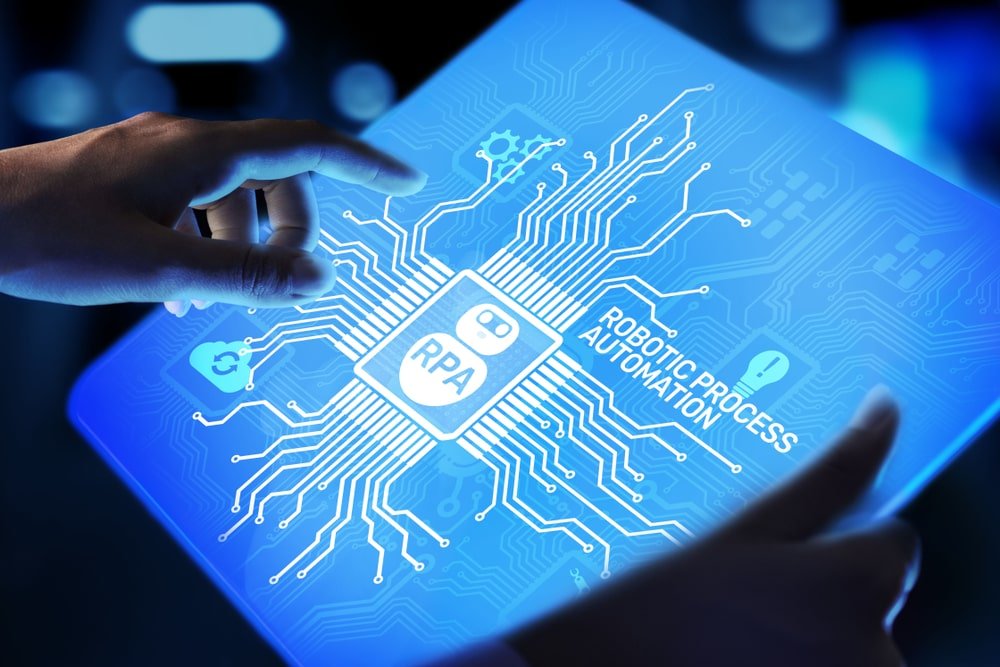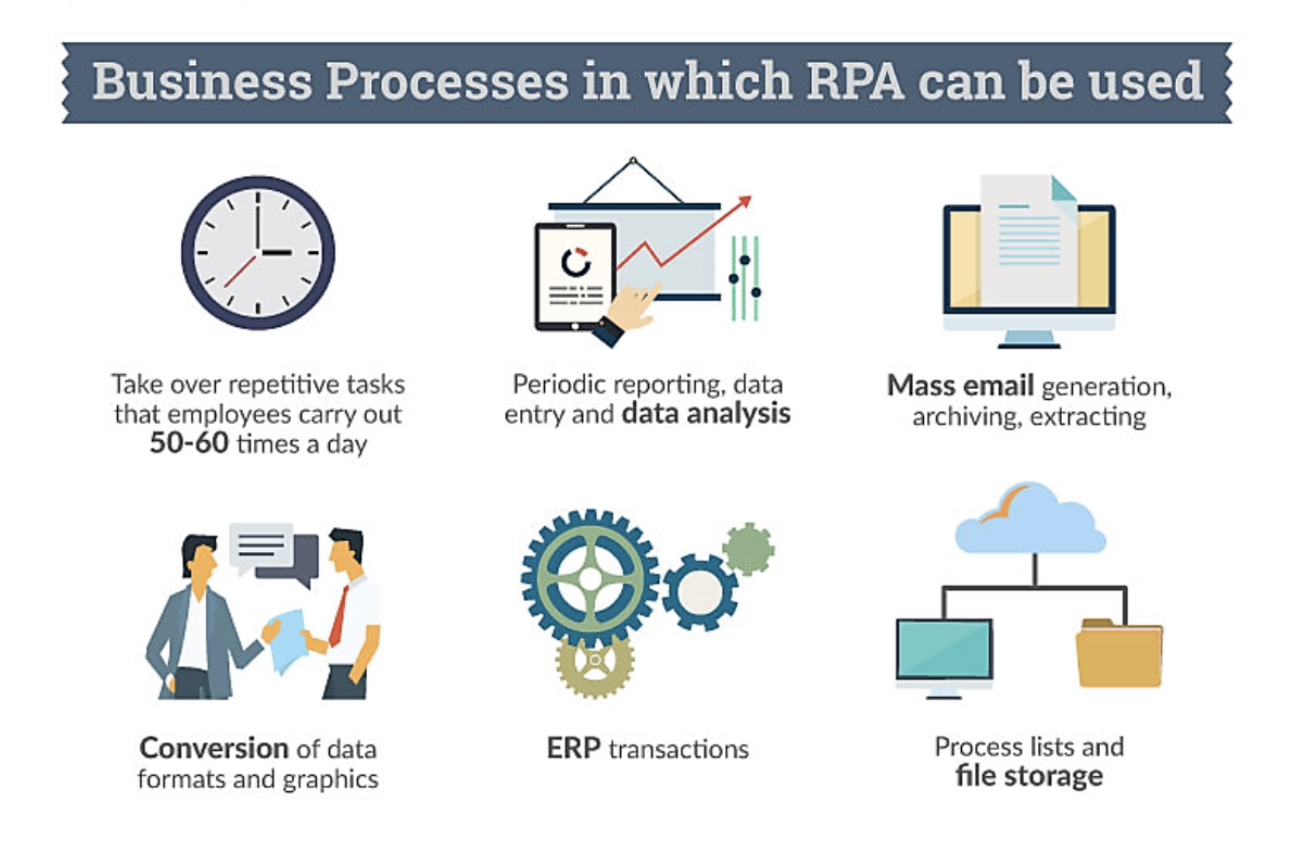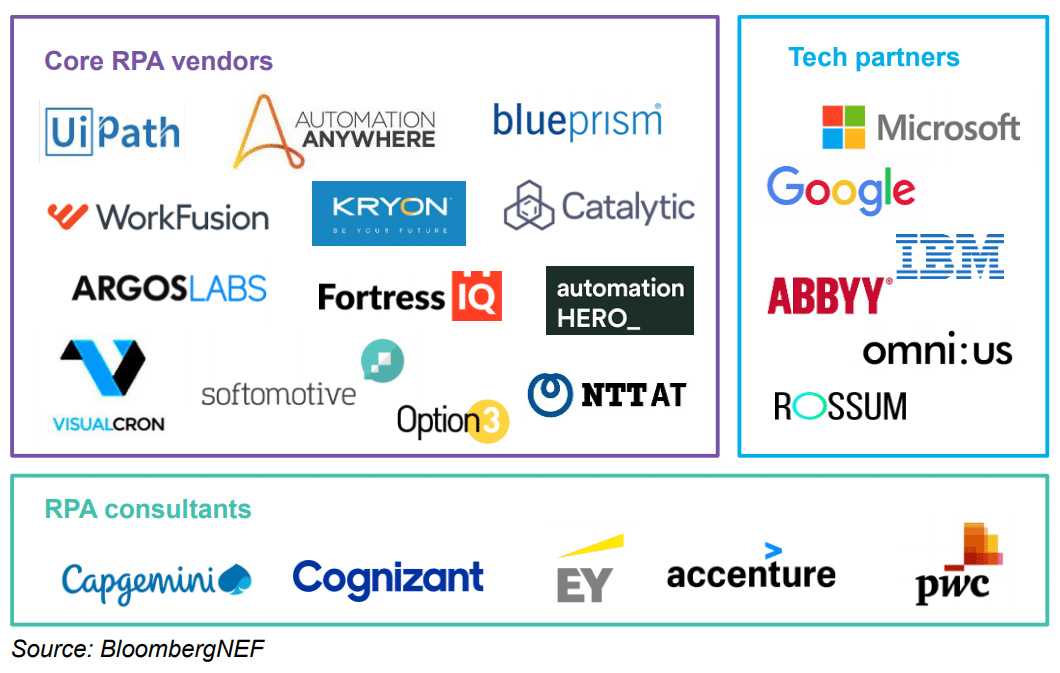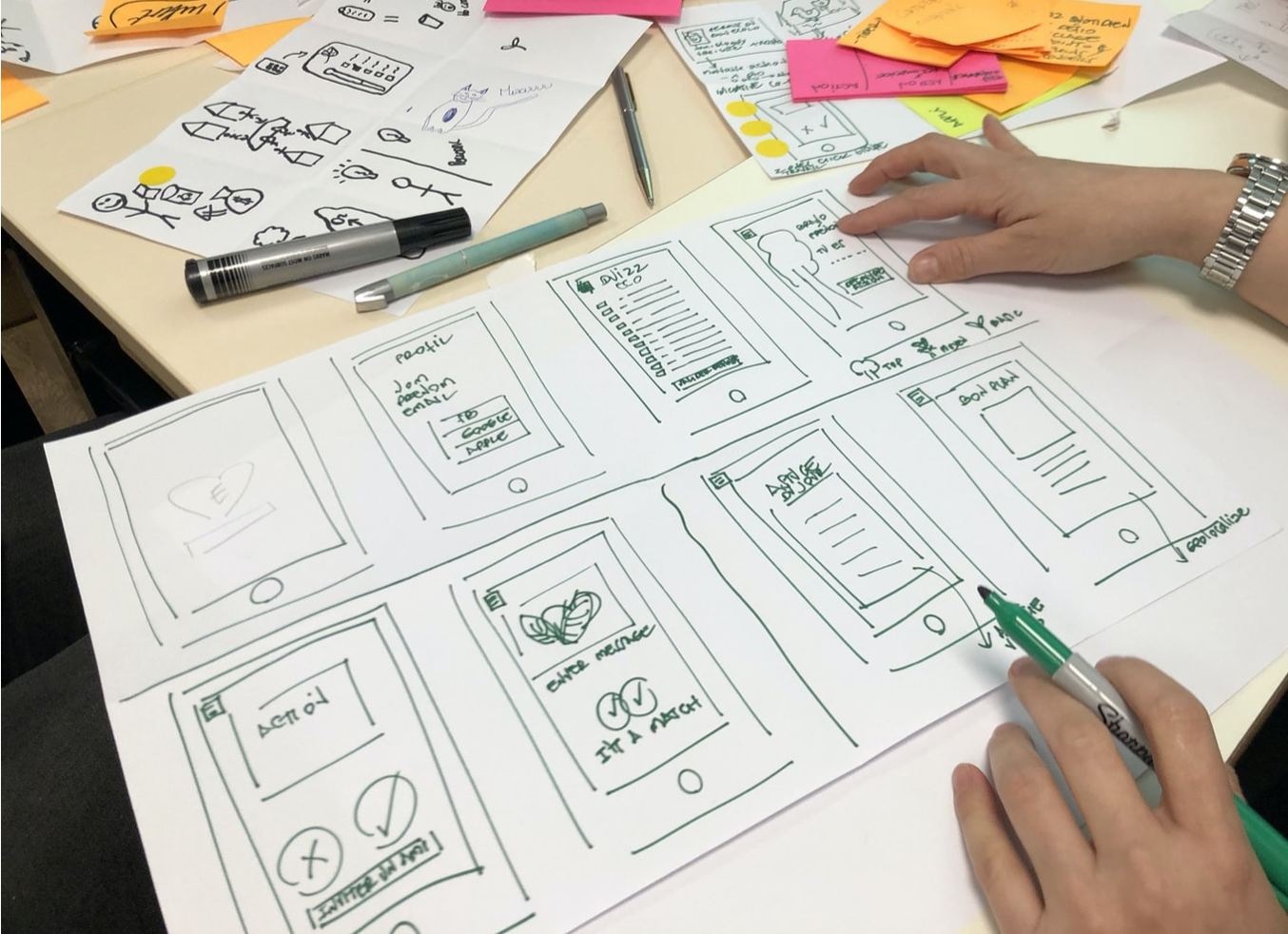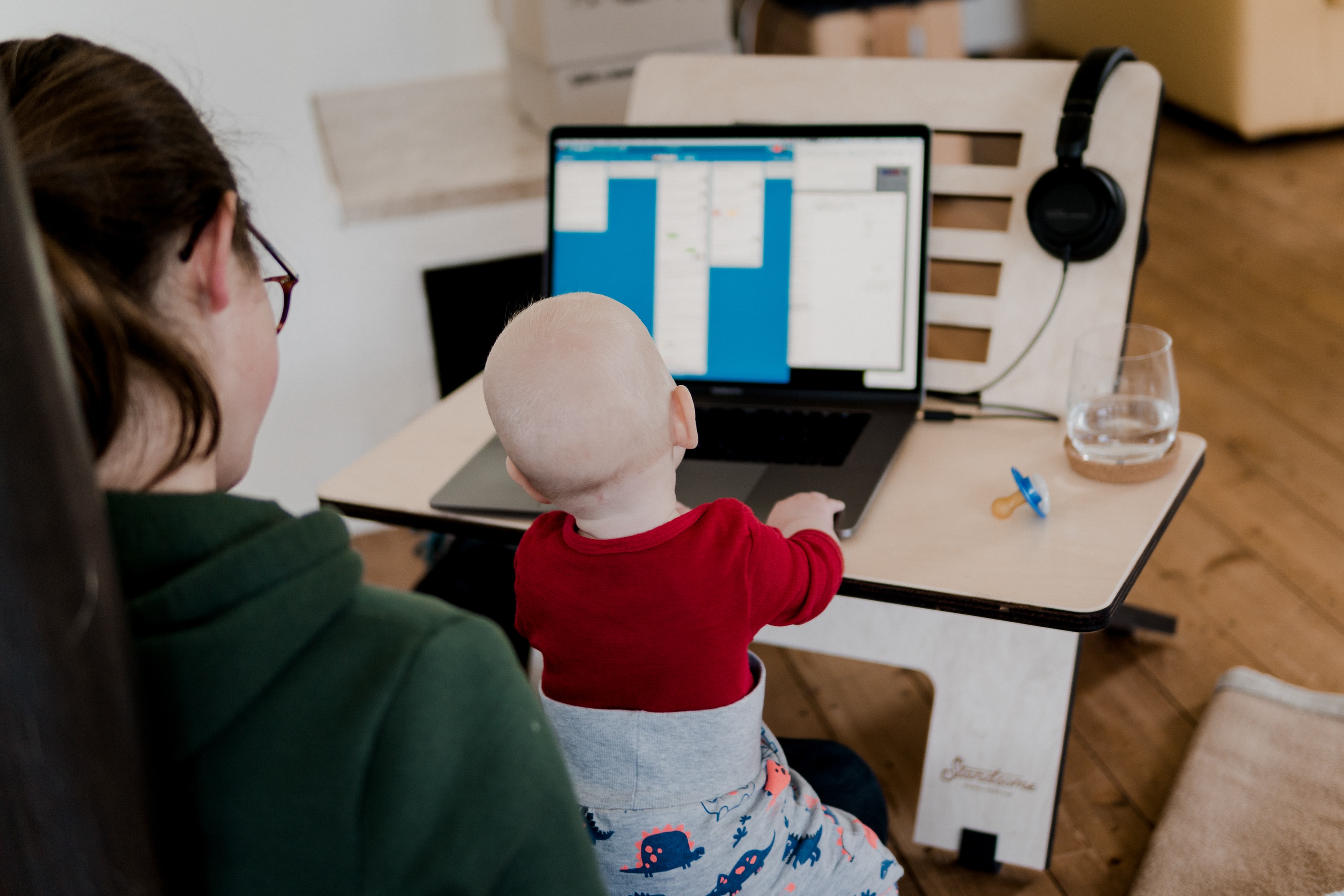In order to support the demand for a remote or skeletal workforce due to COVID 19, most organizations, by now, have primarily implemented the following: telework and video conferencing, uninterrupted remote access to critical business applications, deployment of cloud productivity solutions, self-service support options, and adequate stress-testing of corporate networks to ensure that high traffic can be handled.
These solutions are standard.
But for organizations that recognize that the current remote work environment is here to stay, a new reality has to be constructed.
In one of our recent client engagements, we had the opportunity to work with a financial institution that wanted to explore how they can implement this new reality. In a survey conducted among their employees, we identified the top challenges posed by this new environment in their business operations as well as the top concerns among employees.
The top challenges and concerns that came up from the employee voices are as follows:
- How can we conduct contactless business activities with customers?
- How can we access proprietary applications that can only be accessed in the office?
- How can we speed up the manual, boring, and repetitive that take a lot of time?
- How can we work remotely without feeling remote?
To ensure the safety of their employees and customers while addressing these challenges, we explored how robotic process automation (RPA) is one technology solution that can help address the current business needs.
Business Processes and Applications of RPA. Source: UiPath
What is RPA?
Robotic Process Automation refers to the use of ‘software robots’ to automate repetitive, rule-based, manual tasks that employees do on a computer. Some examples include reading and copying information (price changes, descriptions, titles) from different websites, entering data into different applications, sending emails, organizing files, and even preparing reports.
Think about the industrial robots present in a car manufacturing facility. These physical robots are responsible in constructing the body shell, painting, and assembling the parts of a car on behalf of humans. And these tasks are also repetitive, logic-based, and manual.
In a similar fashion, RPA and the virtual robots are designed to do the routine activities that white collar workers are doing in the office setup.
While the auto industry has been automated for decades, the manual, repetitive tasks in the office are still prevalent. And despite emerging as early as 2000s, RPA is still growing and is gaining widespread adoption.
The RPA Ecosystem.
According to Gartner, revenue generated from Robotic Process Automation will reach double-digit growths through 2024 despite the economic pressures from COVID-19.
RPA for Business Continuity
One business process that we looked at with our client engagement was the amount of paper transactions done on a daily basis. Because in-person engagements had to be limited, one way to enable business resiliency plans was through digital transformation.
So how did the organization enable contactless business activities with RPA in this scenario?
In a typical setting, documents are received in person, reviewed by the employee, and entered on various systems.
RPA has two technologies that help execute the same process provided that the documents are transmitted digitally via email or an electronic portal: (1) NLP or Natural Language Processing; and (2) OCR or Optical Character Recognition.
Siri (Apple), Alexa (Amazon), and Google Assistant (Google) all use NLP which is the technology that helps understand voice commands. In RPA, NLP helps analyze the structured and unstructured data found in documents. OCR, on the other hand, is the technology that can read and extract information from a scanned document. Once scanned, the data can be pulled from the document, sorted and checked for accuracy, and transferred to any application, so client records are updated.
This leads us to answer the second employee concern: How can we access proprietary applications that can only be accessed in the office?
For organizations that still use legacy systems and internal applications, RPA is a quicker and feasible way of enabling business continuity as it can connect multiple applications.
Why is RPA quicker? And, in comparison to what?
Integrating applications can be done by humans, APIs, or using an integrated application. If done by humans, the running cost can be high, accuracy can be a hit or miss, scalability is low, and the cost and time to design, test, and implement can be long — which is not an option with all the physical restrictions and the demands of business continuity at a time like COVID 19. APIs would be the standard these days. However, creating APIs from scratch will also require developers who have the breadth and depth of experience and have thorough understanding of the business — which can also be hard to find and too costly to have. Finally, while integrated applications may have high accuracy and scalability, these are also costly and take time to build.
The built-in OCR and NLP technologies in RPA allow it to read images and extract the necessary text from the screen image of a computer. What’s more, for legacy systems and internal applications that do not have APIs, RPA is one quick way to connect these systems in a short amount of time.
The technologies that make up RPA. Source: Jolt Advantage
More Challenging Humanized Tasks
Because RPA is a form of automation, the manual, boring, and repetitive tasks can be programmed based on the business rules of each task. Moreover, software robots can be scheduled to perform the tasks routinely and are not limited to an eight-hour per day schedule. Organizations that work globally with different time zones can rely on the same virtual workforce, too. Work is done faster, more accurate, and more efficient.
As a result, it helps the organizations to free their human workforce to perform tasks that require human strengths. Here, we are talking about tasks where machines have not caught up with humans yet, such as creative thinking, critical thinking, brainstorming, decision-making, judgment calls, nurturing relationships with clients, empathy, creativity, supervisory functions, and imagination.
And why do we strongly advocate for employees to work on these tasks at a time like COVID?
Because isolation is one of the biggest challenges in a work from home setup.
At the same time, working on manual, repetitive tasks can also be disengaging. What we have seen in most companies where employees work on value-adding type of activities are higher employee engagement, better teamwork and collaboration, and increased job satisfaction.
With a technology solution to change the way employees work and support business resilience, a new reality among teams can be created.
RPA helps free the human workforce to perform tasks that require human strengths such as creative thinking and brainstorming. Source: Amélie Mourichon on Unsplash
More Time to Grow & Collaborate
The final question we tried to answer was how employees can work remotely without feeling remote? The main theme of the answer was employee engagement and was executed under two action items.
The first one was to promote self-driven learning. Through a learning management system, employees were able used the saved time to study other areas of the business or various fields of interest. This achieves the following: (1) reduced burden on the learning and development team for the time being; (2) keeping employees engaged by helping them upskill or reskill so they can grow in their career; (3) enhance and ease cross-company collaboration through better understanding of other businesses.
As a result of the time saved from doing the tedious, low-value tasks, the team also reimagined a new work culture where the time saved was used to develop meaningful human connections and increase workplace collaboration.
Because what we have seen is that — a team with strong connection drives higher productivity and performance.
In doing their regular check-ins, managers were encouraged to not only discuss project updates and assignments, but also take that as an opportunity to communicate how their members are combatting isolation and to get to know them on a personal level. An example of this is when employees are encouraged to show how they are working at home, the look and feel of their setup, how they compartmentalize each area to make sure they can focus.
Showing their pets or introducing their kids to the team were also seen as essential part of the process. These help members to get to know their teammates more, find common interests, feel closer, and most importantly, to be able to connect without being physically there.
Source: Standsome Worklifestyle on Unsplash
As can be seen from the above use case, implementing RPA is not only a way to address a business challenge but it is also an opportunity to redefine the workplace culture and envision a new reality for employees. When evaluating RPA as a solution, it is strongly recommended that productivity gains be measured not only in terms of numerical benefits for the business, but also the impact to employee engagement and satisfaction.
If your organization is in exploring RPA implementation, a business analyst shares her experience on the challenges and lessons learned in an RPA deployment process.

